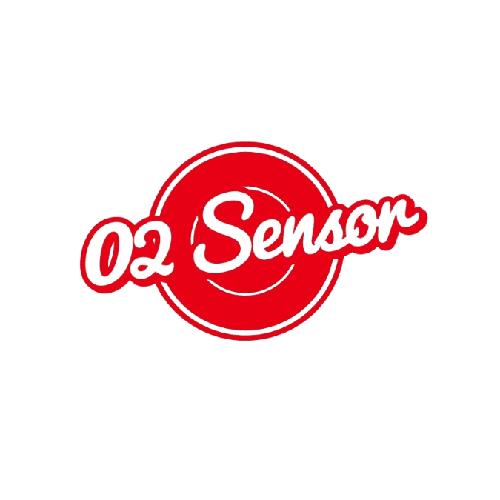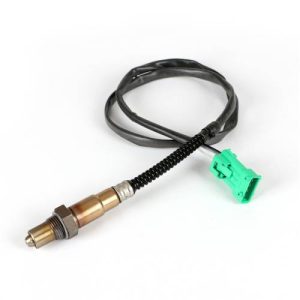Your cart is currently empty!
What causes oxygen sensor failure, and how to detect oxygen sensor failure?
Greetings, automotive enthusiasts and curious minds alike! In the intricate world of automotive technology, there exists a component critical to both performance and emission control—the oxygen sensor. This article aims to shed light on the issue of oxygen sensor failure, exploring its underlying causes and methods for its timely detection. Join us as we unravel the complexities of this vital component and equip you with the knowledge needed to ensure the optimal functioning of your vehicle.

What Causes Oxygen Sensor Failure?
Oxygen sensor failure cause one:Aging and Wear
As with many mechanical components, time takes its toll on oxygen sensors. Over time, exposure to high temperatures, exhaust gases, and other environmental factors can lead to wear and aging. This can result in diminished sensor performance and ultimately lead to failure.
Oxygen sensor failure cause two:Contaminants and Deposits
The harsh operating conditions of an engine's exhaust system can lead to the accumulation of contaminants and deposits on the sensor's surface. These deposits can interfere with the sensor's ability to accurately measure oxygen levels in the exhaust gases, causing inaccurate readings and potential failure.
Oxygen sensor failure cause three:Fuel and Oil Additives
While fuel and oil additives are designed to enhance performance, certain additives can have detrimental effects on oxygen sensors. Some additives contain compounds that can coat the sensor, inhibiting its ability to function properly and causing premature failure.
How to Detect Oxygen Sensor Failure
Check Engine Light (CEL) Activation
One of the most common indicators of oxygen sensor failure is the activation of the vehicle's check engine light (CEL). Modern vehicles are equipped with onboard diagnostics that monitor sensor readings and detect irregularities. If the oxygen sensor readings deviate from the expected range, the CEL is activated, signaling the need for attention.
Decreased Fuel Efficiency
Oxygen sensor failure can lead to a compromised air-fuel mixture, resulting in decreased fuel efficiency. If you notice that your vehicle's fuel economy has taken a noticeable hit, it could be indicative of a malfunctioning oxygen sensor.
Poor Engine Performance
An oxygen sensor failure can also manifest in poor engine performance. Hesitation during acceleration, rough idling, and overall sluggishness are signs that the engine is not receiving the proper air-fuel mixture, often stemming from a malfunctioning sensor.
Conclusion
In conclusion, the complexity of modern automotive systems underscores the importance of components like the oxygen sensor. As you navigate the world of automotive maintenance, remember that understanding the causes and detection methods of oxygen sensor failure is key to ensuring your vehicle's performance, efficiency, and emission control remain at their best. Embrace the role of knowledge in automotive care, and drive on with the assurance that you're equipped to detect and address oxygen sensor failure issues before they compromise your driving experience.






Leave a Reply